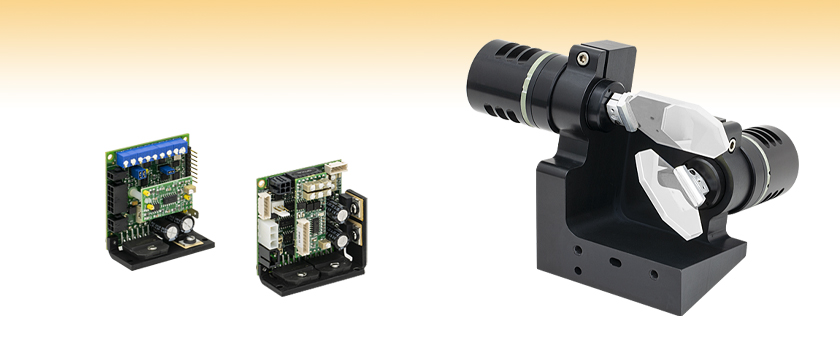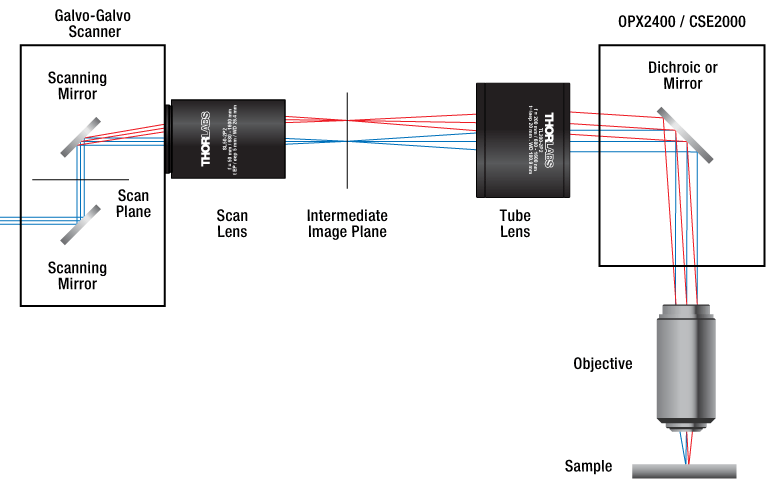Just How a Galvo Scanner Improves Laser Marking and Inscription
Just How a Galvo Scanner Improves Laser Marking and Inscription
Blog Article
Diverse Applications of Galvo Scanners: From Laser Engraving to Optical Communications
The integration of galvo scanners into various technological domain names has actually introduced considerable improvements, varying from the careful accuracy needed in laser engraving to the innovative needs of optical communications. These versatile gadgets are not just critical in creating intricate designs on varied materials but also play an essential role in boosting the precision of medical treatments and imaging. Their application prolongs to commercial production and scientific study, where they add to efficiency and innovation. Just how precisely do these scanners transform such a wide range of fields, and what future opportunities might they unlock?
Laser Inscription
Incorporating innovative innovation, galvo scanners have changed the field of laser inscription by offering unparalleled rate and precision. Making use of galvanometer-based devices, these tools manipulate laser light beams with extraordinary precision, allowing for complex layouts and fine details on numerous substratums. The rapid motion of mirrors within the galvo scanners makes it possible for the laser to pass through intricate paths quickly, substantially reducing processing times contrasted to traditional inscribing approaches.
One of the key benefits of galvo scanners in laser inscription is their capability to preserve high resolution while running at broadband. This ability is especially useful for sectors calling for repeatable and in-depth patterns, such as precious jewelry, electronic devices, and automotive sectors. Additionally, the versatility of galvo scanners to different laser kinds, consisting of carbon dioxide and fiber lasers, expands their applicability throughout different materials like ceramics, steels, and plastics.
In addition, the assimilation of sophisticated software application and control systems improves the functionality of galvo scanners. Modern systems incorporate features such as real-time monitoring and flexible controls, making certain optimum efficiency under differing conditions. As a result, services can accomplish premium item quality and uniformity, driving effectiveness and technology in laser inscription applications. This technical development emphasizes the transformative influence of galvo scanners on manufacturing processes.
Medical Applications
Medical applications of galvo scanners are progressively prevalent, leveraging their precision and rate to enhance different diagnostic tools and clinical procedures. In ophthalmology, galvo scanners play a critical role in retinal imaging and laser eye surgeries. Their capacity to rapidly and properly direct laser light beams enables exact reshaping of the cornea during LASIK treatments, resulting in boosted patient results and quicker recovery times.
In dermatology, galvo scanners are employed in laser therapies for skin resurfacing, tattoo elimination, and the therapy of vascular sores. The high-speed scanning ability makes sure consistent application of the laser, minimizing patient discomfort and improving therapy performance.
Additionally, galvo scanners are indispensable to sophisticated imaging technologies such as Optical Comprehensibility Tomography (OCT) OCT makes use of galvo scanners to obtain high-resolution cross-sectional photos of biological cells, helping in the diagnosis and surveillance of conditions like macular deterioration and glaucoma.
In medical environments, galvo scanners facilitate exact tissue ablation and cutting, improving the precision of minimally invasive treatments. This precision reduces civilian casualties to bordering tissues, leading to much shorter recovery durations and fewer difficulties (galvo scanner). As medical technology remains to advancement, the duty of galvo scanners is expected to increase, additional reinventing client treatment and diagnostic capacities
Industrial Production

In the realm of laser cutting and engraving, galvo scanners make certain that intricate patterns and layouts can be performed with unrivaled precision, decreasing product waste and improving item looks. This capability is specifically important in sectors such as automobile, aerospace, and electronic devices, where precision is vital.
Galvo scanners also play a vital role in additive production, commonly understood as 3D printing. By routing laser beam of lights with high accuracy, they help with the layer-by-layer building and construction of complex geometries, adding to the fabrication of parts with elaborate information and remarkable mechanical homes.
Furthermore, galvo scanners are critical in the quality assurance processes. They are employed in high-speed scanning systems to evaluate and measure manufactured parts, making sure adherence to stringent tolerances and specs. This not just enhances product integrity but additionally minimizes production downtime and costs linked with defective parts.
Scientific Study
Scientific research considerably take advantage of the advanced abilities of galvo scanners, which are essential to a range of analytical methods and speculative arrangements. These precision devices enable high-speed, accurate control of laser beam of lights, assisting in countless applications in fields such as microscopy, spectroscopy, and materials science.
In microscopy, galvo scanners are vital in strategies like multiphoton and confocal microscopy, providing rapid scanning and high-resolution imaging of biological specimens. galvo scanner. This makes it possible for scientists to observe cellular processes in real-time, exposing Visit Website elaborate details concerning mobile structures and functions that are important for progressing biomedical research study
Spectroscopy applications additionally leverage galvo scanners to direct laser light beams with precision, boosting the accuracy of spectral dimensions. This is specifically vital in Raman and fluorescence spectroscopy, where exact beam placing directly impacts the top quality of the spooky data collected.
Furthermore, in products science, galvo scanners are used for laser-based surface official statement area characterization methods. These techniques, such as laser-induced breakdown spectroscopy (LIBS) and laser ablation, depend on the specific control of lasers to evaluate material structures at the microscale.
Optical Communications
Galvo scanners play an essential role in the area of optical communications, where their ability to specifically manage laser beams is important for enhancing information transmission effectiveness and reliability. These scanners are indispensable in handling the instructions and modulation of laser light beams, which work as service providers for high-speed information transfer across fiber optic networks. The dexterity and accuracy of galvo scanners allow quick adjustments in light beam positioning, thus maximizing the alignment and emphasis needed for seamless information transmission.
One significant application of galvo scanners in optical interactions remains in free-space optical (FSO) communication systems. In these systems, data is transferred via the environment using laser beams, demanding precise control to preserve positioning in between transmitting and getting terminals despite atmospheric disturbances. Galvo scanners promote this by dynamically adjusting the beam of light's course, therefore guaranteeing regular connection.
Additionally, galvo scanners are critical in wavelength-division multiplexing (WDM) systems. They help in the accurate option and mix of various wavelength channels, which increases the total information bandwidth of fiber optic networks. By making it possible for specific beam guiding and inflection, galvo scanners considerably improve the efficiency and scalability of optical interaction infrastructures, making them important in modern-day telecommunications.

Conclusion
In conclusion, galvo scanners offer as essential tools throughout a wide variety of fields, from laser engraving and medical applications to commercial manufacturing, clinical research, and optical interactions. Their capacity to provide high-speed, high-resolution accuracy and efficient beam of light control significantly improves efficiency and development in these locations. As technology proceeds to advance, the flexibility and essential significance of galvo scanners are anticipated to grow, even more strengthening their duty in modern industrial and clinical techniques.
The assimilation of galvo scanners into various technological domain names has actually ushered in substantial developments, varying from the precise precision called for in laser engraving to the innovative demands of optical interactions. The flexibility of galvo scanners to various laser types, including CO2 and fiber lasers, expands their applicability across various materials like plastics, ceramics, and metals.
By making it possible for accurate and rapid positioning of laser beams, galvo scanners substantially enhance the effectiveness and high quality of producing operations.
Galvo scanners play a critical role in the field of optical communications, i was reading this where their ability to precisely regulate laser light beams is indispensable for enhancing information transmission performance and dependability.In final thought, galvo scanners serve as essential tools across a multitude of areas, from laser inscription and clinical applications to commercial production, clinical study, and optical communications.
Report this page